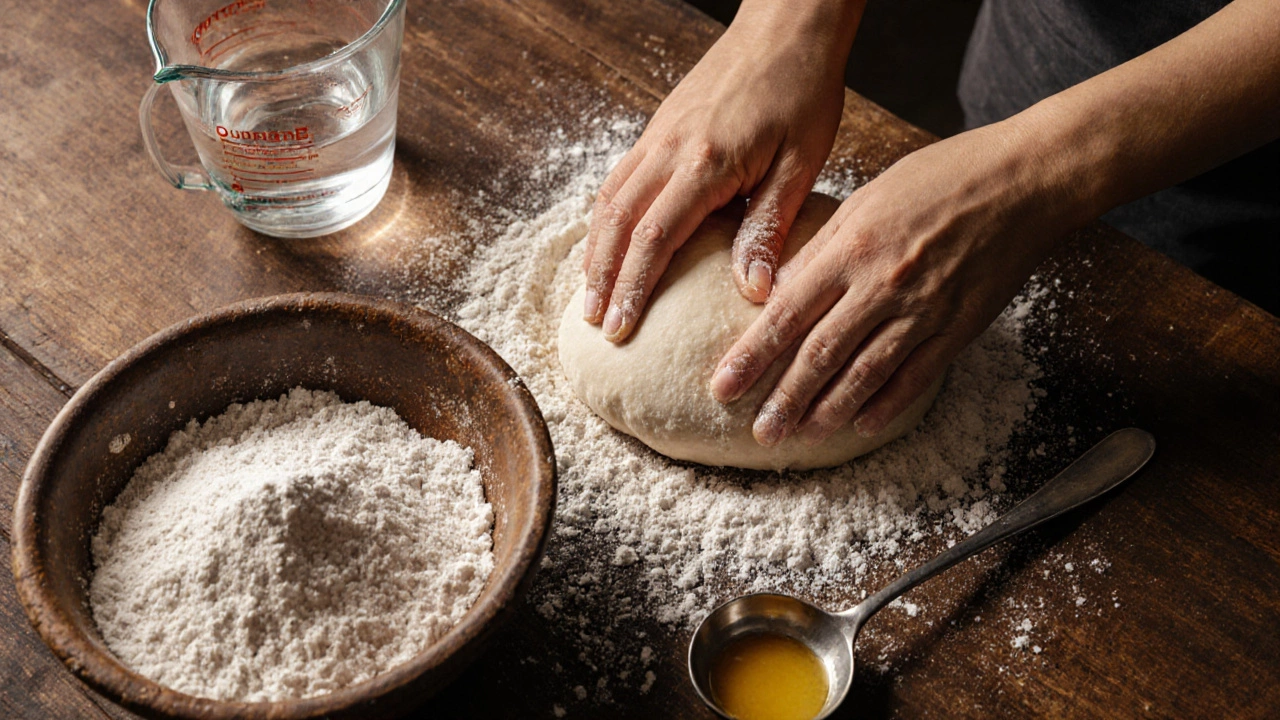Roti Reheating Methods: Fresh Flatbread Every Time
When working with roti reheating methods, the set of techniques used to warm cooked roti while preserving softness and flavor. Also known as roti warming tricks, it helps you enjoy leftovers without sacrificing texture. One of the most common tools is the microwave, a quick electric appliance that uses radiation to heat food fast. While the microwave wins on speed, the tawa, a flat, heavy‑bottomed skillet used on a stovetop shines when you need a gently crisped surface and that authentic char. For larger batches, the oven, a dry‑heat cavity that can evenly reheat multiple rotis at once offers consistency and less moisture loss. Together these tools form a toolbox that covers every kitchen scenario, from a rushed weekday lunch to a relaxed weekend feast.
Common Ways to Heat Up Roti
Roti reheating methods encompass three core approaches: rapid, stovetop, and controlled dry‑heat. The rapid route—microwave heating—often calls for a damp paper towel wrapped around the roti. This simple trick traps steam, keeping the flatbread from drying out in less than a minute. The stovetop route uses a tawa heated over medium flame; a quick flip after a few seconds restores the soft interior while adding a subtle toasted edge. Finally, oven reheating involves preheating to about 350°F, sprinkling a few drops of water on a baking tray, and warming the roti for 5‑7 minutes. This method is especially useful when you need to reheat a stack without each piece touching the others, ensuring even heat distribution.
Choosing the right method depends on three factors: quantity, time, and texture preference. If you’re dealing with a single roti and have five minutes, the microwave (with a damp towel) wins hands down. When you crave that fresh‑off‑the‑tawa feel—soft inside, lightly crisp outside—the stovetop is unbeatable. For a crowd or when you want to keep rotis warm for an extended period, the oven’s steady heat preserves moisture and prevents sogginess. Each technique also influences nutritional integrity; quick reheating minimizes nutrient loss, while gentle oven warming keeps the wheat fibers intact. By understanding how these methods interact with moisture, heat, and time, you can pick the perfect approach for any meal.
Below you’ll find a curated collection of posts that dive deeper into related topics—like comparing roti to naan for health, mastering flatbread recipes, and even tips on storing leftovers. Whether you’re a beginner looking for a fast fix or an experienced cook fine‑tuning texture, the articles ahead will give you actionable insights to master roti reheating and keep your Indian flatbread delicious every time.
How to Keep Roti From Getting Soggy - Proven Tips & Tricks
Learn step‑by‑step how to keep roti crisp-choose the right flour, master tawa cooking, store properly, and reheat without sogginess.
